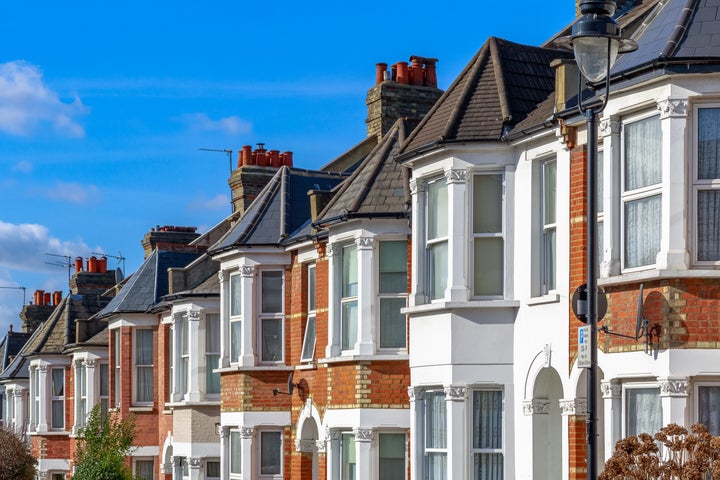
The number of people living in social housing in this country is in decline. As waiting lists continue to expand, an increasing number of people are being forced into private rented housing instead. The Government has pumped £2 billion into the Affordable Homes Programme providing increased funding for housing associations and councils but it is clearly not enough to ignite a renaissance in the building of affordable housing.
According to Government reports around 333,000 affordable homes have been built since April 2010, including 240,000 for rent but during the last year this number has barely exceeded 1,000. Compared to what previous Conservative Governments have invested, even the John Major Government of the early 1990s, this is a drop in the ocean. Housing charity Shelter say that £2 billion will not go a long way to helping the 1.2 million families in England waiting for a council house whilst the announcement pales into insignificance compared to Labour’s plan to launch the biggest council house building programme for 30 years.
The Government must deliver new initiatives to address the shortage of affordable housing before a national crisis escalates. First, it should follow through on its promise in the Housing White Paper published last year to replace stock lost under Right to Buy. The National Audit Office estimates that, currently, only one home is being replaced for every five sold which is making it hard for housing associations to raise finance to construct new homes for social rent. Providing more funding for housing associations to build more homes makes little sense if stock sold under Right to Buy is not being replaced.
The Government must conduct a review of Green Belt designation. Green Belts do contain Areas of Outstanding Natural Beauty but much of the Green Belt has very little environmental or amenity value nor is it chosen for its natural beauty. Yet the protections afforded to them are universal. Research carried out by The Centre for Cities shows that building on just 5 per cent of green belt land within and around the UK’s least affordable cities would provide 1.4 million new homes. London’s Green Belt is three times the area of the city itself and building on a fraction of it would make a serious difference to the supply of new affordable homes.
The Government still has no proposals to streamline the planning system and relieve understaffed planning authorities that delay decisions on new developments and delay the construction of much needed housing stock. The planning system is often bureaucratic, slow and inadequately resourced and requires additional funding. In addition to this the Government must embrace a more interventionist approach to accelerating the release of surplus public land and offer more incentives for public landowners to release surplus land at discounted prices.
Whilst the Government is delivering some policies on land and planning there is very little mention of the construction industry as the emerging skills and labour shortage in this country threatens to stifle the rate of new homes delivered. Housing associations represented by the g15 have plans to tackle the construction skills shortage head on with ambitions to open training academies to encourage apprenticeships and employment in the house building sector, helping significant numbers of people into jobs. These are exciting and innovative developments that Government should look to get behind.
Failing to develop new policies to address the shortage of affordable homes will have devastating consequences for this country. The Government must act now.
